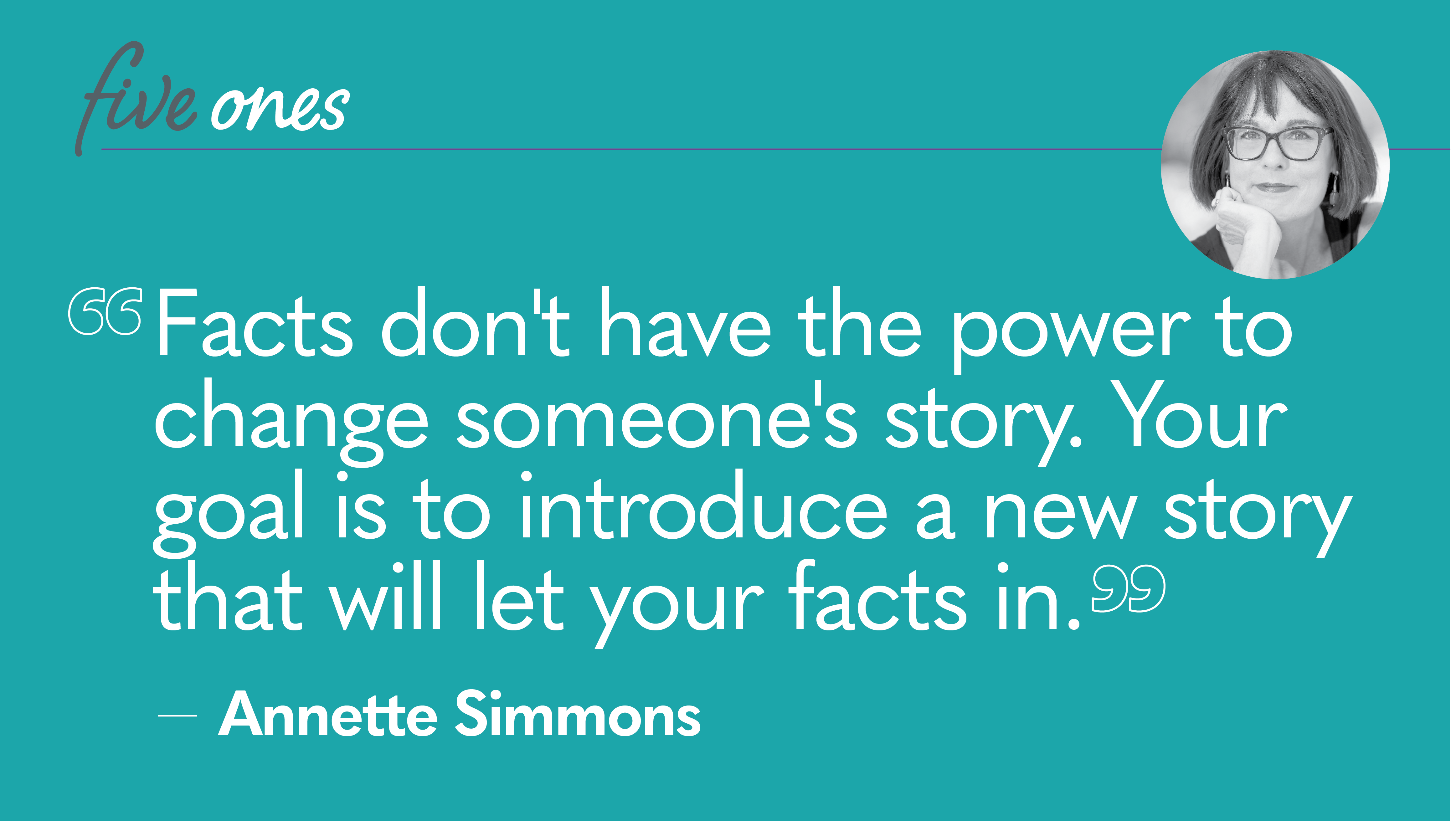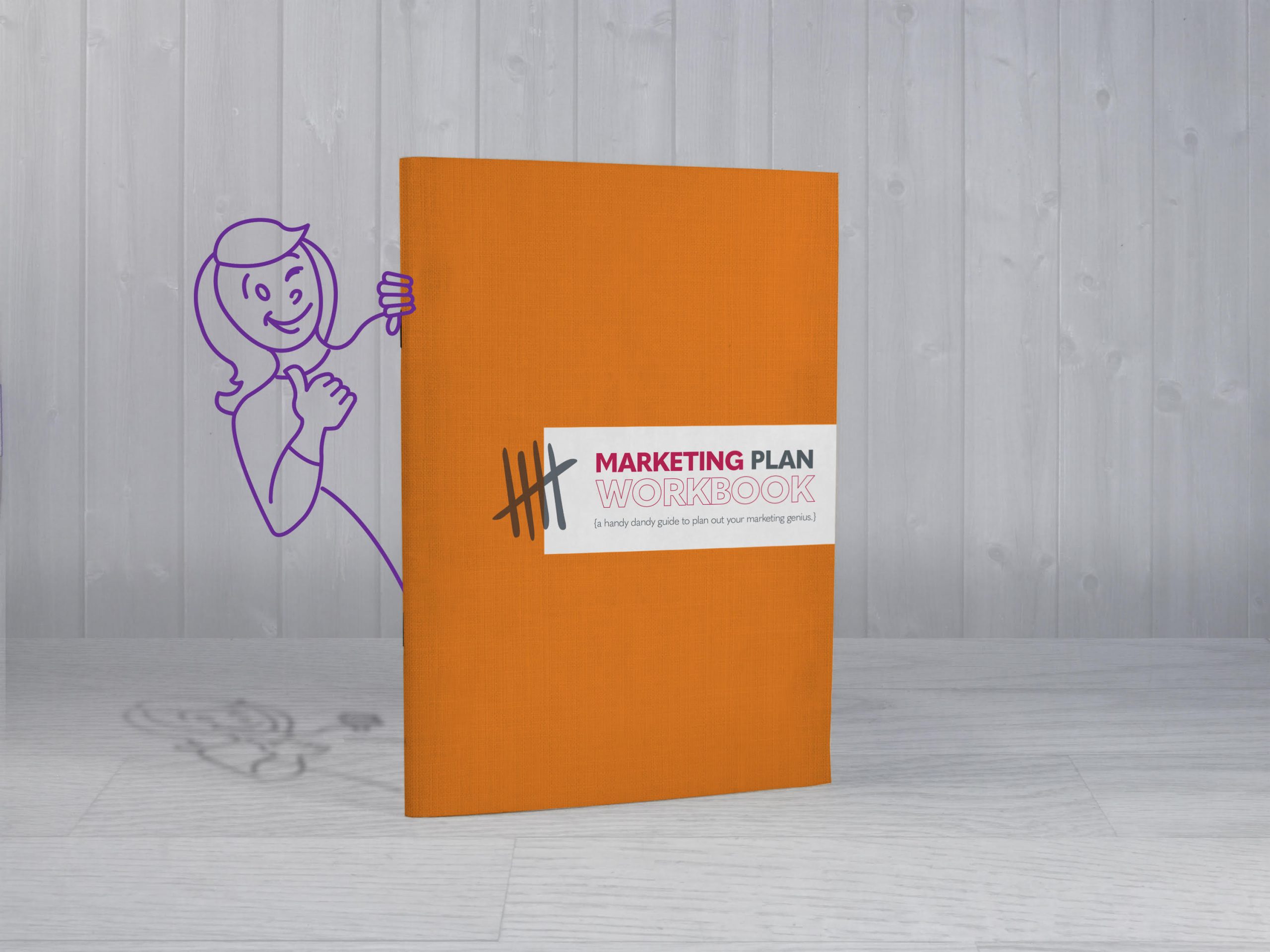
A Guide to Effective Storytelling
Humans are storytellers—we have been since childhood. As soon as we grow out of fairy tales, we seek out more sophisticated stories. And for a nonprofit, storytelling helps you connect with prospects faster than anything because the storytelling format connects with the emotional needs of your donors. Forbes says stories make your nonprofit relatable. It’s an easier and sure way to keep getting the results you want. Your information sharing, therefore, should be a storytelling session on whichever platform you choose.
Is there still room for big statistics in storytelling, you ask? Of course, statistics and data prove that you deliver on your promises as an organization but you need to get your audiences on board with your vision first, make your cause their cause, and go on a journey together.
The Roadmap to a Great Story
A roadmap should tell you where you’re going and how you plan to get there. To go on a journey with a reader, I believe there are specific steps you should take to plan out your writing. That’s why I created this passionate, persuasive writing roadmap. It walks you through the process, from the idea all the way to an optimized and engaging finished piece (whether it’s a blog post, infographic, or social media post).
I’ll walk you through the biggest steps in this post.
Goal Setting and Insights
Setting goals for your story is like putting blinkers on a horse. It helps to minimize distractions and keep you focused on what matters. Start by deciding what you want to gain from your story. Is it more traffic to your social media, raising funds, promoting an idea, or calling people to action on an issue?
Next, your story is only compelling when you have enough insights about the target audience and your intentions on where you want to take them. I’ve heard “my story is for everyone and anyone!” a lot, which is not valid. What do the audiences you’re targeting believe, and how will your story align with their beliefs? Focusing on the needs of who will be reading your story will help you achieve your goal.
Use Statistics and Facts
Statistics and data can be dry (maybe even dull!?) but are helpful storytelling elements. They help you catch your prospects’ attention, provide a basis for helpful debates, create awareness, prove your relevance, increase support from prospects and the public, and improve relations with your audience. Stats also strengthen your story and keep you from sounding opinionated without evidence.
Think in terms of issues and themes when adding data to your story. Ideally, your audience should find meaning in the data. How will the data affect your readers? The more relatable the data is, the better it is for your story. Relate the data about important events in their lives, too.
For example, if your nonprofit cause is about maternal health, include data that touches on infant mortality or the results of early detection of pregnancy complications. If you can weave that into a personal story, it will make data more human.
Call to Action
A CTA is a rallying closer to your story. Finally, after all the convincing, your CTA moves your audience to action. So how do you determine a CTA that works for your story’s goal? It is as simple as what you want people to do and takes you back to the goals you had while writing the story in the first place.
For example, if you want to grow your membership, your CTA should incite sign-ups. But a call to sign up maybe too heavy of a lift for what you’re writing. So go deeper and instead and find out what your audience needs from signing up with you. That way, you can coin a compelling CTA. For example, maybe your audience wants to be included in the next volunteering phase, so have a likelihood of being considered for volunteering in upcoming seasons.
I talk about creating an effective CTA in this video, along with this helpful download of 250 CTA ideas. So don’t work hard in your writing and let the CTA fall flat!
Break it Up
People get engaged in a story with more than just text. Photos, videos, and quizzes, for example, draw the reader in. The key is mixing it up – telling different parts of the story using different media.
- Videos are better at depicting action, taking the audience to the core of the story, or helping them put a face to an important person in the story. But keep in mind, if the video is too long, it will create a detour from your writing, and the reader won’t return. If you have a long-form video, consider sharing it at the end of a piece instead of in the middle.
- Still photos are great at drawing emotions and creating a mood. A person may not remember all the details in a video but, they’ll remember how a photo made them feel and memorize it, especially ones with faces to create that human-to-human connection.
- Animated graphics are another popular go-to solution for content creators. They explain complex terms in a simple yet engaging manner. You can use them as a primary medium, then use photos and videos to support the message in the graphics.
- Quizzes are perfect for drawing engagement. But you can also use them to gauge your audience’s knowledge on a topic or their reaction to your story. Draw them in by something that may be surprising to know or surprising that they don’t know.
Promote Your Story
Storytelling is promotional in nature. But it shouldn’t keep you from promoting the story itself. You have to employ your arsenal of marketing tactics to propel your cause further than your internal audiences. For example, if you mentioned an authority in a certain field, send them an email and ask them to share it on their social media. This puts your story out to their audience and multiplies your chances of reaching more people. Get your employees to promote the story, too. The best thing about involving employees is the ability to reach audiences in their field. It could be IT, finance, business, etc.
Also, make sure you tailor the story to different social media. You don’t have to change the entire story but use teasers and headlines that fit different platforms. For example, post an entertaining and easy-to-share post on Facebook. Twitter thrives on witty tweets tied to trending topics. Write something more laid back and professional for LinkedIn folks.
How to Get Storytelling Right
In a world where storytelling makes or breaks your nonprofit or association marketing, the passionate, persuasive writing roadmap is here to help you tell your story and stand out. Download it and let us know how it’s helped; we always love a good story.



